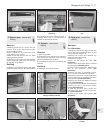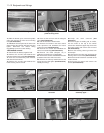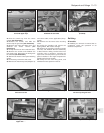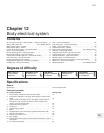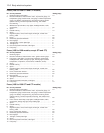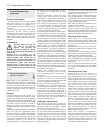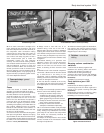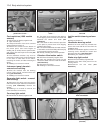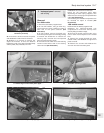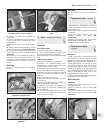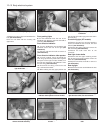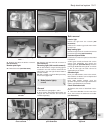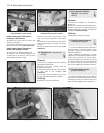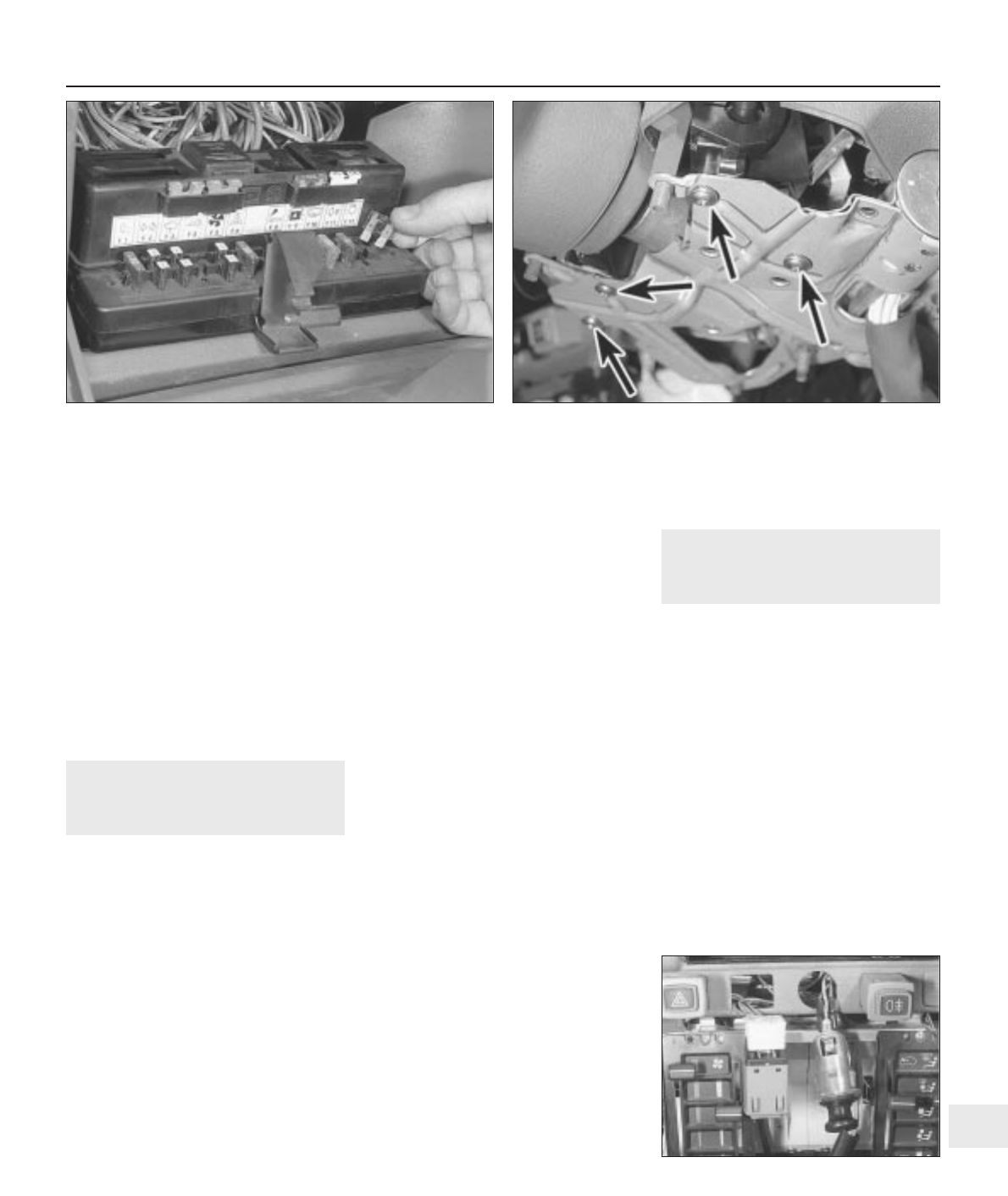
22 If an earth connection is thought to be
faulty, dismantle the connection, and clean
both the bodyshell and the wire terminal (or
the component earth connection mating
surface) back to bare metal. Be careful to
remove all traces of dirt and corrosion, then
use a knife to trim away any paint, so that a
clean metal-to-metal joint is made. On
reassembly, tighten the joint fasteners
securely; if a wire terminal is being refitted,
use serrated washers between the terminal
and the bodyshell, to ensure a clean and
secure connection. When the connection is
remade, prevent the onset of corrosion in the
future by applying a coat of petroleum jelly or
silicone-based grease, or by spraying on (at
regular intervals) a proprietary ignition sealer,
or a water-dispersant lubricant.
3 Fuses and relays - general
information
Fuses
1 The fuse board is located above the
glovebox on the left-hand side of the facia.
2 Blade type fuses are used and symbols by
the fuses denote the circuit protected.
3 On GTI models an in-line fuse for the fuel
pump is located near the rear of the fuse
board. The fuse board also incorporates a
connector which can be adjusted to supply
the radio with negative or positive current
according to the polarity of the radio fitted. On
later models, additional fuses are located
behind the left-hand side of the radiator, on
the left-hand side of the bulkhead, and near
the horn on 1.9 GTI models.
4 To remove a fuse, first switch off the ignition
then open the glovebox. Depress the spring
clip and lower the fuse board. Pull the fuse out
of its terminals; the wire within the fuse should
be visible; if the fuse is blown the wire will be
broken or melted (see illustration).
5 Always renew a fuse with one of an
identical rating; never use a fuse with a
different rating from the original or substitute
anything else. Never renew a fuse more than
once without tracing the source of the trouble.
The fuse rating is stamped on top of the fuse;
note that fuses are also colour-coded for easy
recognition.
6 Persistent blowing of a particular fuse
indicates a fault in the circuit(s) protected.
Where more than one circuit is involved,
switch on one item at a time until the fuse
blows, so showing in which circuit the fault
lies.
7 Besides a fault in the electrical component
concerned, a blown fuse can also be caused
by a short-circuit in the wiring to the
component. Look for trapped or frayed wires
allowing a live wire to touch vehicle metal, and
for loose or damaged connectors.
8 The fuse board is retained at the rear by
two plastic ball and socket joints which can
be snapped apart to remove the assembly.
Relays
9 A relay is an electrically-operated switch,
which is used for the following reasons:
a) A relay can switch a heavy current
remotely from the circuit in which the
current is flowing, allowing the use of
lighter gauge wiring and switch contacts.
b) A relay can receive more than one control
input, unlike a mechanical switch.
c) A relay can have a timer function - for
example an intermittent wiper delay.
10 If a circuit which includes a relay develops
a fault, remember that the relay itself could be
faulty. Testing is by substitution of a known
good relay. Do not assume that relays which
look similar are necessarily identical for
purposes of substitution.
11 Relays are incorporated in most circuits
and are mounted on the fuse board or within
the engine compartment.
12 Make sure that the ignition is switched off,
then pull the relay from its socket. Push the
new relay firmly in to refit. Refer to the wiring
diagram key for a list of relays.
4 Switches - removal and
refitting
2
Steering column combination
switches
1 Disconnect the battery negative lead.
2 Remove the steering wheel and column
shrouds, with reference to Chapter 10.
3 Disconnect the wiring harness plug.
4 Remove the relevant screws and withdraw
the switch from the column platform (see
illustration).
5 Refitting is a reversal of removal.
Facia switches (pre-1988
models)
6 Disconnect the battery negative lead.
7 Carefully prise out the switch against the
tension of the plastic retaining tabs (see
illustration).
8 Disconnect the wiring or multi-plug, noting
the fitted location, and remove the switch.
9 Refitting is a reversal of removal.
Body electrical system 12•5
12
4.7 Heated rear window switch and cigar
lighter removed from facia
3.4 Removing a fuse 4.4 Combination switch screws (arrowed)



